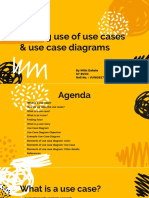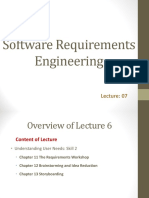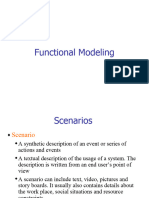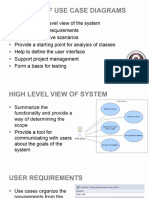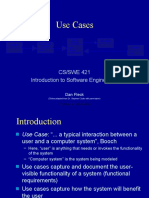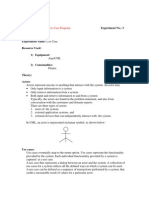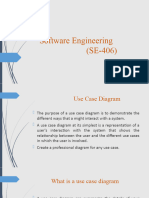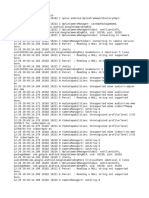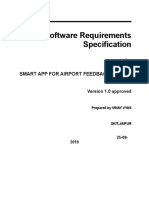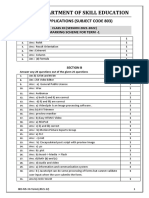0% found this document useful (0 votes)
37 views18 pagesS.E.RTS-Chapter 3
Chapter 3 of CSE400 discusses the requirements specification for real-time systems, focusing on use cases and system context diagrams. Use cases describe interactions between actors and the system, emphasizing goal-oriented behavior and user perspectives. The chapter also covers the hierarchical structure of use case diagrams and the importance of system context diagrams in illustrating relationships between actors and the system.
Uploaded by
timalsinabikash3Copyright
© © All Rights Reserved
We take content rights seriously. If you suspect this is your content, claim it here.
Available Formats
Download as PDF, TXT or read online on Scribd
0% found this document useful (0 votes)
37 views18 pagesS.E.RTS-Chapter 3
Chapter 3 of CSE400 discusses the requirements specification for real-time systems, focusing on use cases and system context diagrams. Use cases describe interactions between actors and the system, emphasizing goal-oriented behavior and user perspectives. The chapter also covers the hierarchical structure of use case diagrams and the importance of system context diagrams in illustrating relationships between actors and the system.
Uploaded by
timalsinabikash3Copyright
© © All Rights Reserved
We take content rights seriously. If you suspect this is your content, claim it here.
Available Formats
Download as PDF, TXT or read online on Scribd
/ 18






